Exploring the World of Infrared Photography and Filters
Written on
Chapter 1: Understanding Infrared Photography
Infrared photography relies heavily on the use of specific filters to achieve distinct effects. The choice between budget-friendly and premium filters can significantly influence the outcome of your images. One insightful source for this information is LightMachinery, which conducted tests on various filters across different price points, revealing subtle yet impactful differences in their spectral responses.
LightMachinery specializes in high-quality excimer and CO2 laser systems, along with optical components and spectrometers, boasting over 25 years of expertise. Their custom optical systems and precise measurements help photographers understand how filters affect infrared photography. For instance, they can measure to an astounding 1 picometer, providing a level of detail that informs filter selection.
Currently, I am utilizing an Olympus OM-1 loaded with Rollei IR400 film, which is currently the sole IR film available on the market. Additionally, I use an iPhone 13 Pro equipped with a Neewer filter kit containing filters at 720, 760, 850, and 950nm. The experience with film is particularly rewarding, despite the lengthy process from capturing to developing and scanning images.
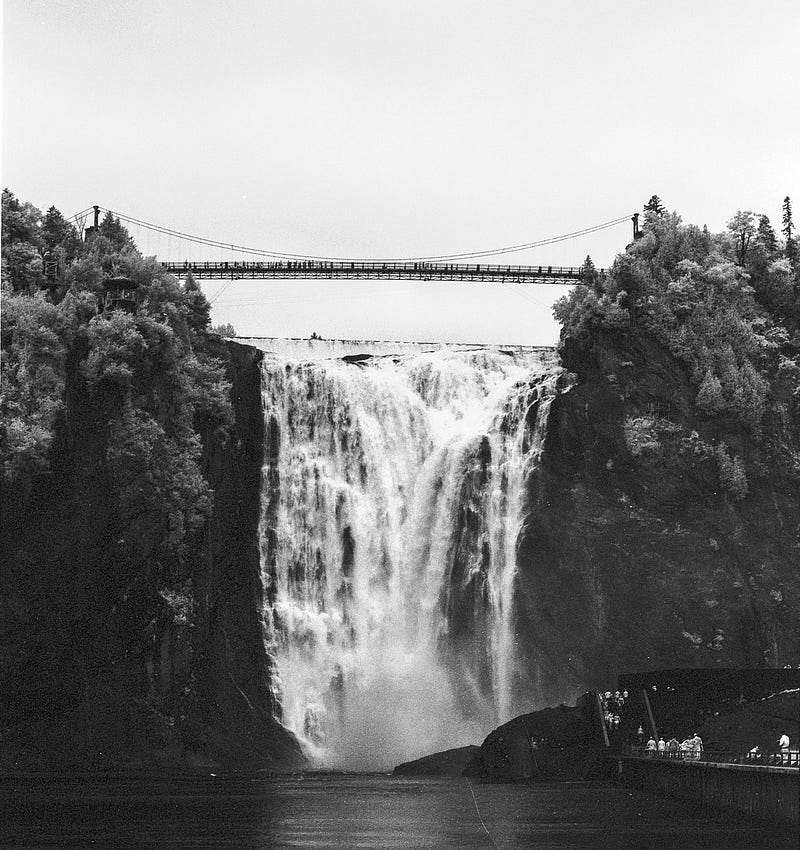
The distinct characteristics of infrared photography become evident through the scenes captured. Elements devoid of foliage tend to block IR completely, resulting in striking and dramatic imagery. For example, calm water may not reflect infrared light, while the frothy waves reveal intricate patterns when captured in IR.
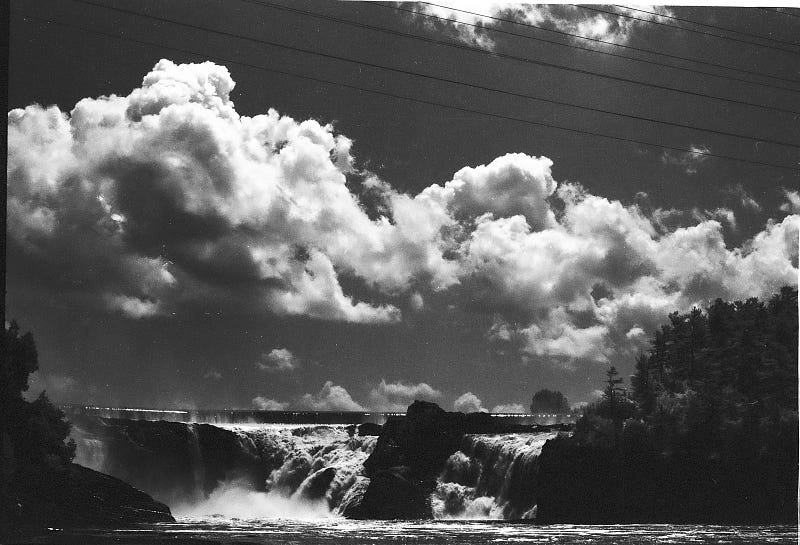
However, an abundance of greenery can yield less desirable results, often translating into bright white hues in the final images. Below, you can see examples taken with the iPhone, both with and without the 720nm filter.
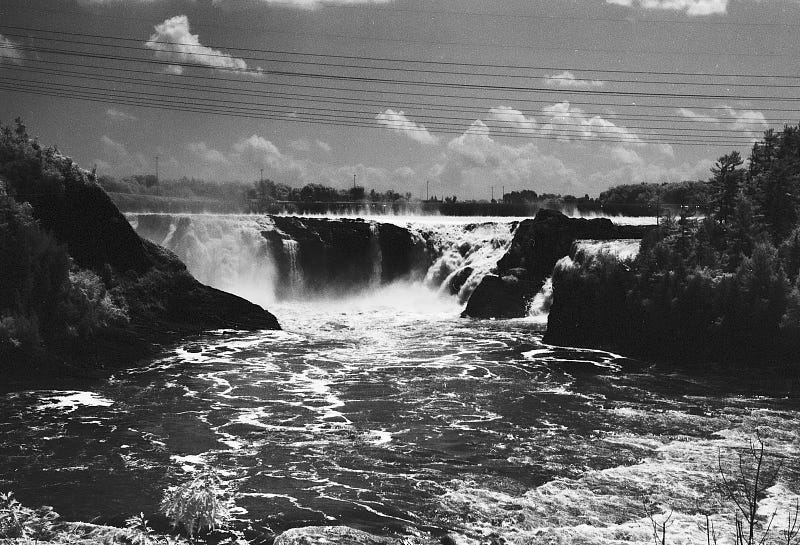
While the iPhone allows for capturing scenes in both color and infrared, it does present some challenges. For instance, I noticed slight overexposure with the 720nm filter and difficulty focusing with the 850nm and 950nm filters. Nevertheless, the ability to blend IR and color images adds an exciting dimension to the creative process.
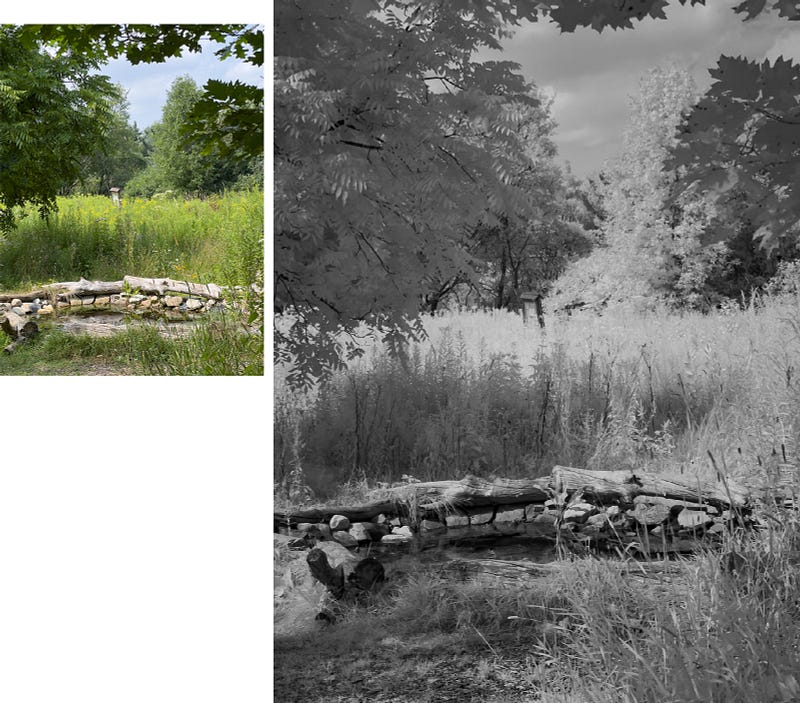
Section 1.1: The Impact of Filter Quality
The market offers infrared filters ranging from $25 to $250, prompting curiosity about their performance differences. Key factors include the sharpness of the cutoff slope and the amount of light transmitted or blocked across various wavelengths. For my experiments, I purchased a Neewer filter kit featuring 720, 760, 850, and 950nm filters for $100. Additionally, I acquired a higher-end Singh-Ray 830nm filter for around $210, and a Hoya R72 filter priced at approximately $130.
LightMachinery conducted spectral scans on these filters, producing insightful charts that detail how effectively each filter transmits light within the infrared spectrum.
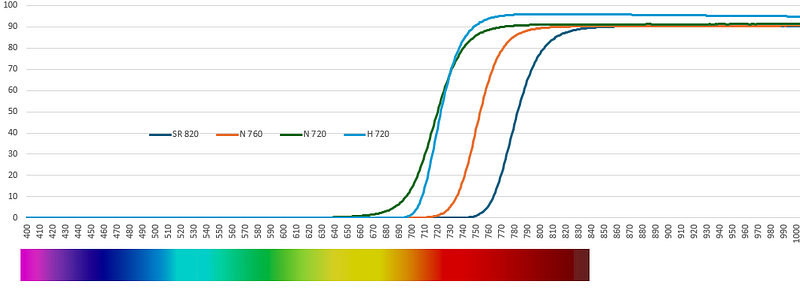
The analysis indicated that the Hoya filter allows more light to pass through compared to others, while the Neewer 720nm filter exhibits a gentler slope in its filtering characteristics.
Section 1.2: Exposure Considerations with Rollei IR400 Film
When factoring in the sensitivity of Rollei IR400 film, it becomes clear that the total light reaching the film is quite limited, especially when using the Neewer 760nm filter. This results in slower exposure times, with the film operating at only 20% of its original sensitivity.

Exposures using the 720nm filter are notably easier to manage, as the film retains some sensitivity and the filters allow more light through, resulting in more vibrant monochrome images.

The findings from LightMachinery's tests emphasize how filter quality can influence the strength of the infrared effect in photography. While the scene's context and subsequent editing play critical roles, investing in a more premium filter often results in a sharper IR effect and an improved starting image.
For more insights into photography and related projects, feel free to follow my work. Explore my collection of articles and creative stories!
Chapter 2: Practical Tips for Infrared Photography
In this video, "10 Tips - Infrared Film Photography," you will discover useful techniques to enhance your infrared photography skills.
The next video, "How To Shoot Infrared Film - Rollei IR 400," provides a step-by-step guide on effectively using Rollei IR400 film for stunning infrared captures.